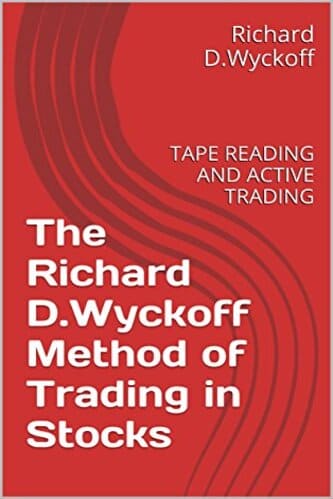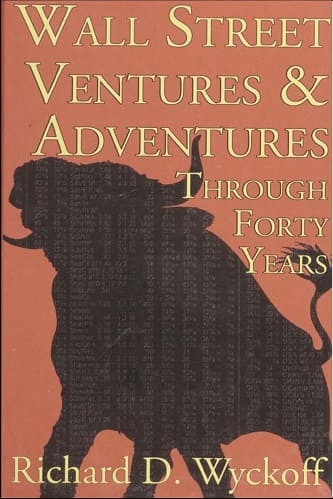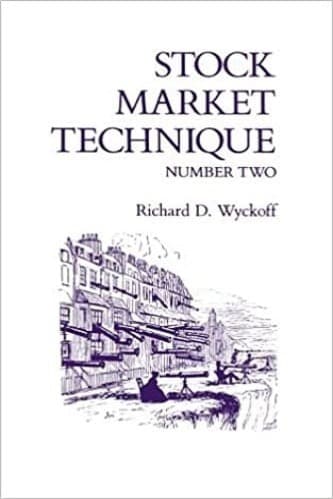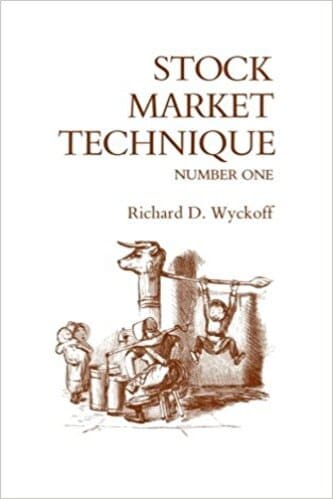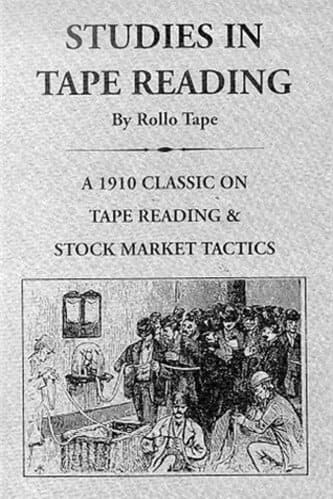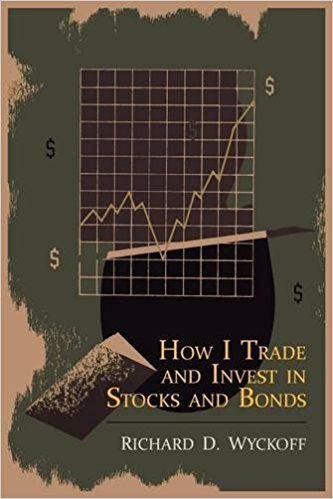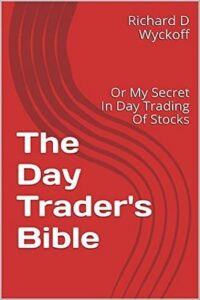Richard D. Wyckoff
The Richard D. Wyckoff Method of Trading in Stocks
Original price was: $12.00.$6.00Current price is: $6.00.Wall Street Ventures and Adventures Through 40 Years
Original price was: $32.40.$16.20Current price is: $16.20.Stock Market Technique, No. 2
Original price was: $13.39.$6.70Current price is: $6.70.Stock Market Technique, No.1
Original price was: $14.00.$7.00Current price is: $7.00.All Richard D. Wyckoff Books
Original price was: $130.05.$69.00Current price is: $69.00.How I Trade and Invest in Stocks and Bonds
Original price was: $13.78.$6.89Current price is: $6.89.The Day Trader’s Bible: Or My Secret In Day Trading Of Stocks
Original price was: $7.71.$3.86Current price is: $3.86.Richard Demille Wyckoff (November 2, 1873 – March 19, 1934) was a stock market authority, founder and onetime editor of the Magazine of Wall Street (founding it in 1907), and editor of Stock Market Technique.
Wyckoff implemented his methods in the financial markets, and grew his account such that he eventually owned nine and a half acres and a mansion next door to the General Motors’ Industrialist, Alfred Sloan Estate, in Great Neck, New York (Hamptons).
As Wyckoff became wealthier, he also became altruistic about the public’s Wall Street experience. He turned his attention and passion to education, teaching, and in publishing exposés such as “Bucket shops and How to Avoid Them”, which were run in New York’s The Saturday Evening Post starting in 1922.
Continuing as a trader and educator in the stock, commodity and bond markets throughout the early 1900s, Wyckoff was curious about the logic behind market action. Through conversations, interviews and research of the successful traders of his time, Wyckoff augmented and documented the methodology he traded and taught. Wyckoff worked with and studied them all, himself, Jesse Livermore, E. H. Harriman, James R. Keene, Otto Kahn, J.P. Morgan, and many other large operators of the day.
Wyckoff’s research claimed many common characteristics among the greatest winning stocks and market campaigners of the time. He analyzed these market operators and their operations, and determined where risk and reward were optimal for trading. He emphasized the placement of stop-losses at all times, the importance of controlling the risk of any particular trade, and he demonstrated techniques used to campaign within the large trend (bullish and bearish). The Wyckoff technique may provide some insight as to how and why professional interests buy and sell securities, while evolving and scaling their market campaigns with concepts such as the “Composite Operator”.
Wyckoff offered a detailed analysis of the “trading range”, a posited ideal price bracket for buying or selling a stock. One tool that Wyckoff provides is the concept of the composite operator. Simply, Wyckoff felt that an experienced judge of the market should regard larger market trends as the expression of a single mind. He felt that it was an important psychological and tactical advantage to stay in harmony with this omnipotent player. Wyckoff believed investors would be better prepared to grow their portfolios and net worth by following in his footsteps.
Richard Wyckoff was the author of numerous books. Some of his writings are:
- Studies in Tape Reading
- How I Trade and Invest in Stocks and Bonds
- Stock Market Technique
- My Secrets of Day Trading in Stocks
- Jesse Livermore’s Methods of Trading in Stocks
Wyckoff married three times: first in 1892 to Elsie Suydam; second to Cecelia G. Shear, and third to Alma Weiss. Wyckoff charged in 1928 that his second wife, Cecelia G. Wyckoff, whom the media dubbed a Prima Donna of Wall Street, had wrested control of the Magazine of Wall Street from Mr. Wyckoff by “cajolery.” The media celebrated separation ended in an agreement where he received half a million dollars of the magazine company’s bonds.
According to the Brooklyn Daily Eagle newspaper (published Monday March 12, 1934), Wyckoff died on March 7, 1934, in Sacramento, California. His body was taken to a funeral chapel in Brooklyn, New York.

